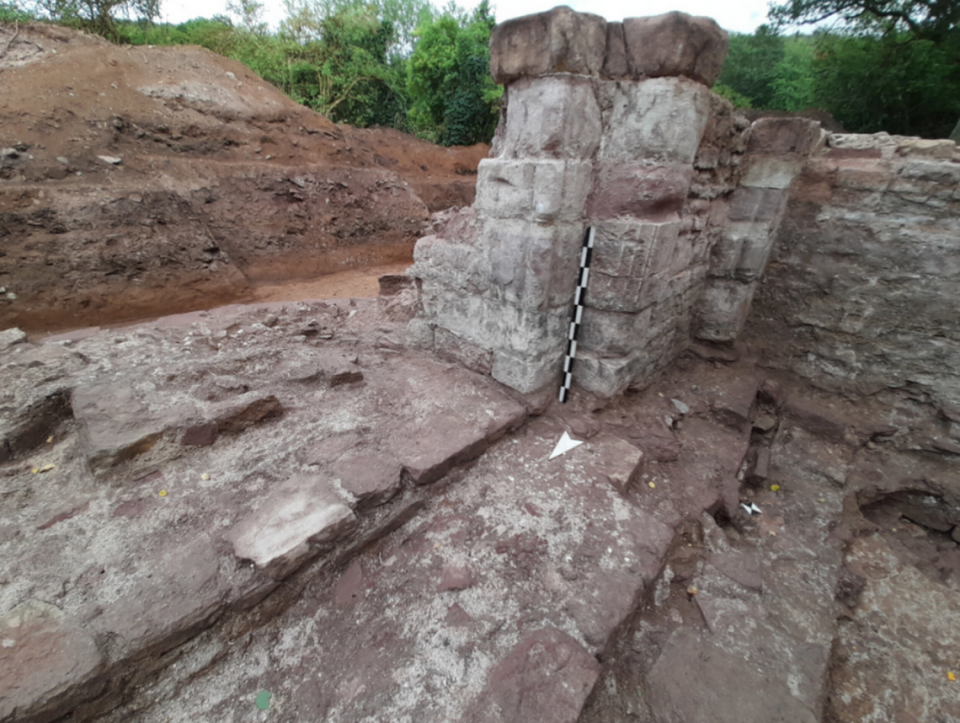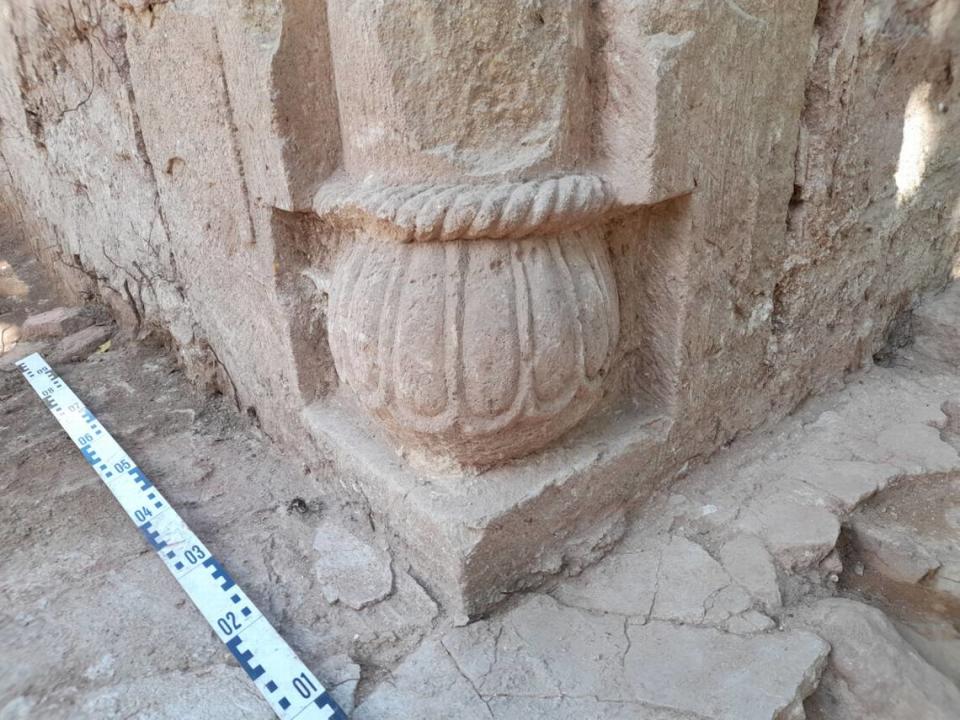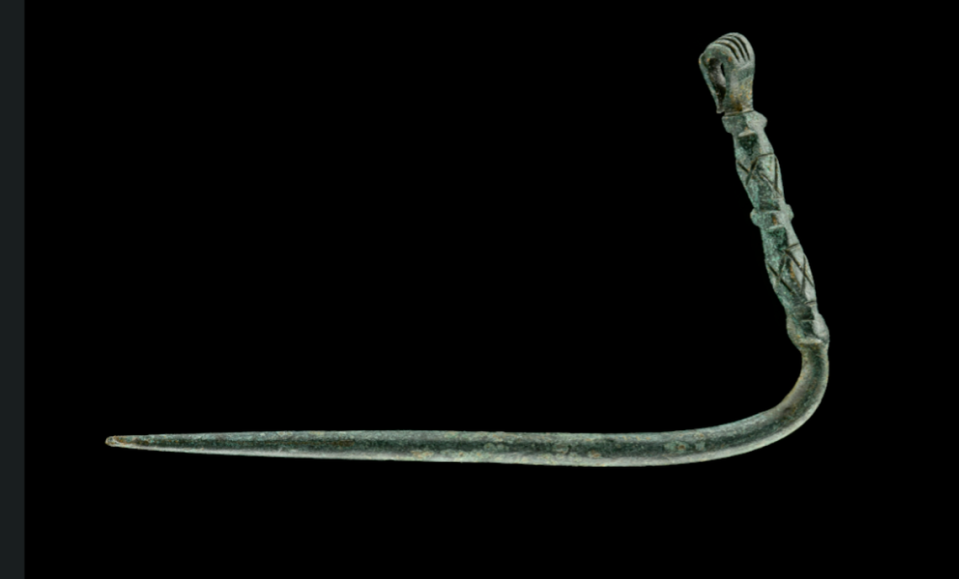Monks fled burning monastery during revolt 500 years ago. Now its ruins are unearthed
The French Revolution, though centuries past, lives on in popular imagination, conjuring images of guillotines and Marie Antoinette’s extravagant pouf of hair.
But less is known about the German Peasants’ War, which — before the events in Paris — was the largest popular uprising in Europe.
The war, which took place 500 years ago, brought chaos and destruction throughout central Europe, leaving thousands dead and buildings in heaps of ash.
One building in particular, the Kaltenborn Monastery — a hub of religious activity in northeast Germany — was pillaged and burned, sending its occupants fleeing.
Its overgrown ruins became lost to history.
But now, researchers have excavated the ruins of the nearly 1,000-year-old structure, providing a window into monastic life before and during the war, according to an Aug. 10 news release from state archaeologists.
Kaltenborn Monastery
Though locals and historians were aware of a monastery’s existence, those who visited the ruins could have been fooled. Little remained above ground and the site was covered by a forest, Felix Biermann, one of the archaeologists, told McClatchy News.
But after surveying the area with metal detectors, the site was excavated, revealing “surprisingly rich relics,” according to the release.

Underneath massive piles of rubble, the abbey’s walls have been found preserved at a height of about 6 feet. The structure, built in a Roman and Gothic style, included a “stately” basilica and a courtyard measuring more than 700 feet long.
“Particularly impressive are the Romanesque architectural and decorative elements of the church, which include magnificent column bases, lintels with floral motifs and round arches with friezes,” the release said.

Also found were a number of smaller artifacts, including coins, belt buckles, book covers, jewelry, pens and scales — all of which shed light on the day-to-day lives of the Augustinian monks who once dwelled there.
The layer of debris that blanketed the site was made up of shattered glass and smashed ceramic vessels, among other things, Biermann said.

Why was it destroyed?
After it was established in 1118, the monastery grew into a well-endowed institution frequented by the region’s nobility.
The monastery’s wealth, in addition to its “vigorous” tax collections, induced anger among the local population, sowing the seeds of future destruction.
Then, during the Protestant Reformation, the Peasants’ War broke out in 1524 in Germany, pitting the poor against aristocrats.
Beginning as a labor strike, the conflict eventually grew into a “full-blown rebellion,” spreading into French and Italian-speaking parts of Europe as well, according to research from the University of Oregon.
Against that backdrop, the moneyed Kaltenborn Monastery was plundered and set ablaze in 1525. All of the monks living there likely escaped, Biermann said.
About a decade later, the monastery was officially dissolved as a result of the Reformation. The cloistered life of priests no longer served any purpose for the evangelical faith, Biermann said.
‘Impressive’ gate guarded city 5,500 years ago. Now, it’s been uncovered in Israel
Island estate reveals forgotten ‘model’ for sugar plantation slavery — and resistance
Richly decorated synagogue — one of the oldest — unearthed. See its marble treasures


